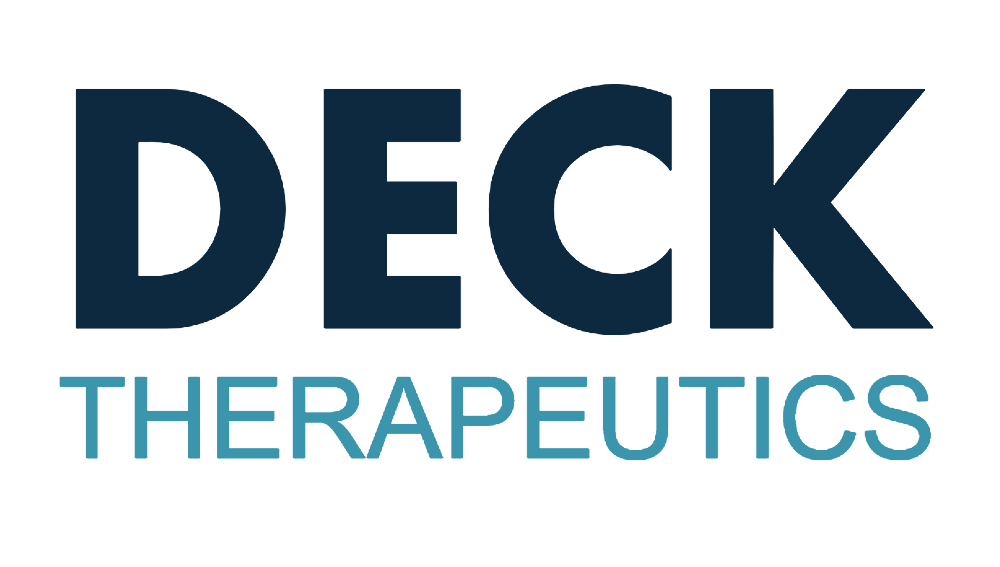We are pioneering neuroprotection using acute omega-3 fatty acid therapeutics developed by DeckTherapeutics’ Founder Dr. Richard Deckelbaum at Columbia University in New York, NY.
Certain intravenously administered (acute) omega-3 fatty acids can modulate critical molecular and cellular pathways within minutes to hours. By contrast, omega-3 fatty acids in the form of dietary supplements (chronic administration) take days to weeks to exert their effects.
Within 30 min to an hour of acute administration, omega-3 fatty acids rapidly enrich cell membranes with omega-3 FAs, cause synthesis of lipid bioactive mediators, preserve mitochondrial integrity, reduce oxidative stress, decrease pro-inflammatory responses, activate cell survival pathways and transcriptional regulation, and modulate ion homeostasis and neurogenesis.
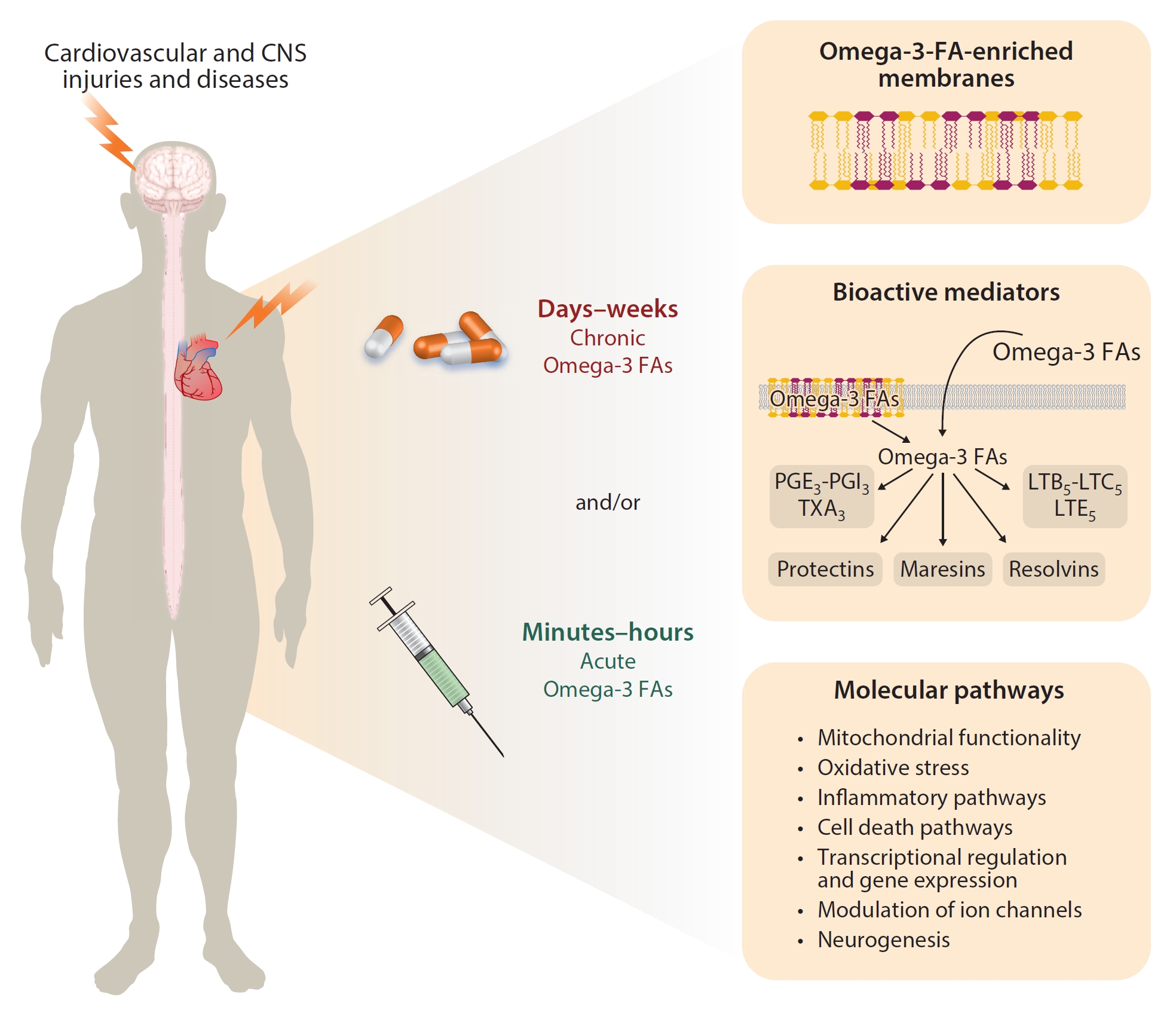
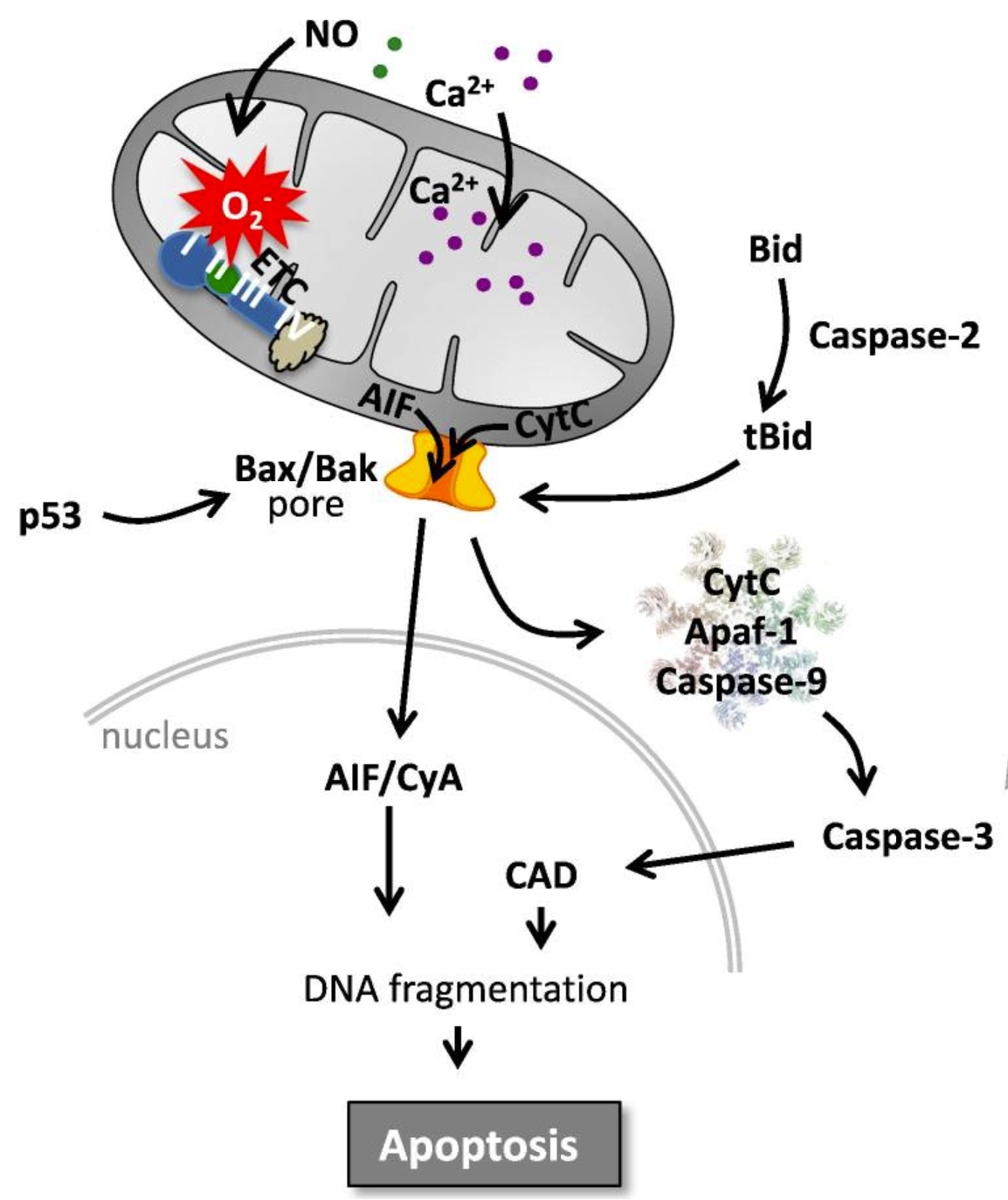
Figure adapted from:
Clinica Chimica Acta, 2015, 451 Part A: 35-38,
Thornton and Hagberg
Hypoxia-ischemia-induced cell-death pathways
Omega-3 fatty acids block multiple cell-death pathways induced by hypoxic-ischemic injury
- Mitochondria maintain respiratory activity
- ROS/free radical overproduction is blocked as the respiratory chain is re-exposed to oxygen
- Ca2+ mitochondria overload is prevented
- Mitochondrial pore opening functions are preserved
The pleiotropic actions of bioactive omega-3 compounds are key to its substantial levels of neuroprotection after hypoxic-ischemic injuries
Neonatal Hypoxic-Ischemic Encephalopathy
Hypoxic-ischemic encephalopathy (HIE) is a potentially life-threatening or disabling rare pediatric condition and the most common cause of cerebral palsy in full-term infants. No satisfactory treatment is available today.
HIE results from decreased oxygen supply, setting in motion a temporal sequence of brain injury. The culmination of energy failure, acidosis, glutamate release, lipid peroxidation, and the toxic effects of nitric oxide leads to cell death via necrosis and apoptosis related cascades.

Neonates with suspected HIE are classified and staged based on the level of consciousness, muscletone, tendonreflexes, complex reflexes, and autonomic function.
Encephalopathy is characterized clinically by alterations in mental status ranging from irritability to coma, as well as abnormal primitive reflexes, hypotonia, seizures, and abnormalities in feeding and respiration, within the first hours of life. HIE is associated with high mortality and morbidity. Long-term sequelae include behavioral deficits, developmental delay, learning disabilities, cognitive impairment, seizures, visual and auditory dysfunction, and cerebral palsy. HIE accounts for 20% of cerebral palsy and is leading cause in full term infants.
Therapeutic hypothermia (in the range of 33.5°C to 35.0°C) for 72 hrs is considered the standard of care for HIE, reducing the risk for death or major neurodevelopmental disabilities at 18 months of age in some case of moderate and severe HIE. Recent studies from Columbia University using animal models of HIE provide strong translational support for the acute use of omega-3 fatty acid compounds with major protection against HIE’s adverse pathological and functional outcomes.
Ischemia-reperfusion injuries cross the life span
Disorders caused by ischemia-reperfusion, such as myocardial infarction, stroke, acute kidney failure and peripheral vascular disease, continue to be among the most frequent causes of debilitating disease or death.
Tissue injury and/or death occur as a result of the initial ischemic insult or lack of oxygen (anoxia or hypoxia), which is determined primarily by the magnitude and duration of the interruption in the blood supply.
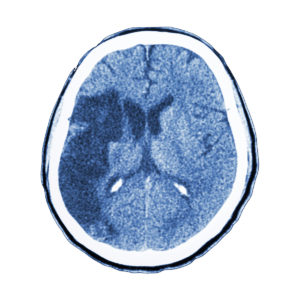
After ischemia and hypoxia, the subsequent organ reperfusion in patients surviving for example ischemic stroke or myocardial infarction results in increased production of free radicals and reactive oxygen species, along with the onset of adverse inflammatory responses leads to further tissue injury.
DeckTherapeutics’s novel omega-3 emulsions block these effects when administered acutely.
Publications
- Acute Injection of Omega-3 Triglyceride Emulsion Provides Very Similar Protection as Hypothermia in a Neonatal Mouse Model of Hypoxic-Ischemic Brain Injury. Manual Kollareth DJ, Zirpoli H, Ten V, Deckelbaum RJ. Front. Neurol. 2021. [PubMed]
- NPD1 rapidly targets mitochondria-mediated apoptosis after acute injection protecting brain against ischemic injury. Zirpoli H…Serhan CN, Ten VS, Deckelbaum RJ. Exp Neurol. 2021. [PubMed]
- Acute injection of a DHA triglyceride emulsion after hypoxic-ischemic brain injury in mice increases both DHA and EPA levels in blood and brain. Manual Kollareth DJ, Deckelbaum RJ, …Prostaglandins Leukot Essent Fatty Acids. 2020. [PubMed]
- Novel Approaches for Omega-3 Fatty Acid Therapeutics: Chronic Versus Acute Administration to Protect Heart, Brain, and Spinal Cord. Zirpoli H, ….Deckelbaum RJ. Annu Rev Nutr. 2020. [PubMed]
- Is it time to separate EPA from DHA when using omega-3 fatty acids to protect heart and brain? Deckelbaum RJ, Calder PC. Curr Opin Clin Nutr Metab Care. 2020. [PubMed]
- DHA but Not EPA Emulsions Preserve Neurological and Mitochondrial Function after Brain Hypoxia-Ischemia in Neonatal Mice. Mayurasakorn K, …Deckelbaum RJ, Ten VS. PLoS One. 2016. [PubMed]
- Acute administration of n-3 rich triglyceride emulsions provides cardioprotection in murine models after ischemia-reperfusion. Zirpoli H, …Deckelbaum RJ, Ramasamy R. PLoS One. 2015. [PubMed]
- n-3 fatty acid rich triglyceride emulsions are neuroprotective after cerebral hypoxic-ischemic injury in neonatal mice. Williams JJ…Deckelbaum RJ: PLoS One. 2013. [PubMed]
- Docosahexaenoic acid: brain accretion and roles in neuroprotection after brain hypoxia and ischemia. Mayurasakorn K, …Deckelbaum RJ. Curr Opin Clin Nutr Metab Care. 2011. [PubMed]
